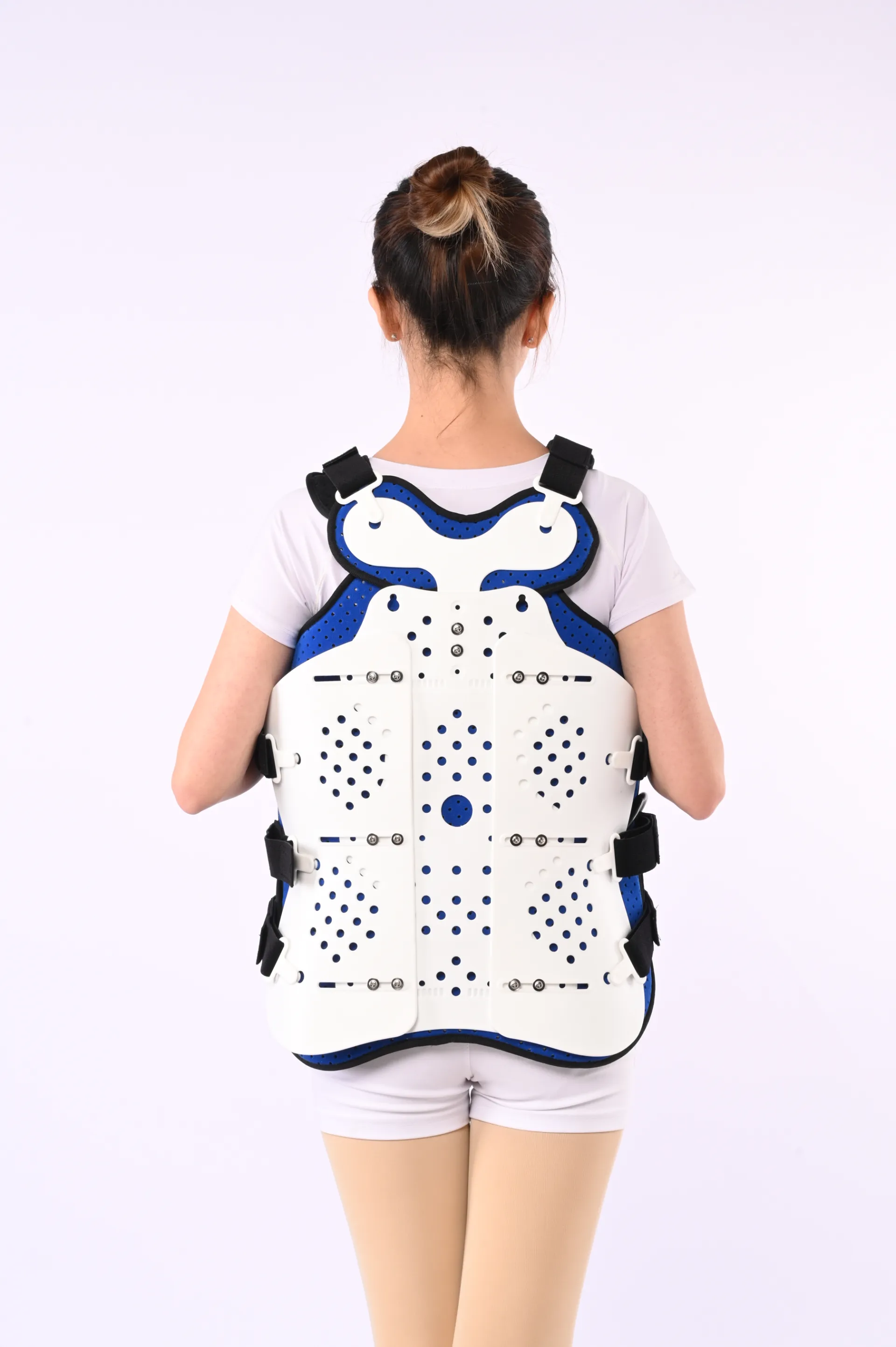Feb . 14, 2025 18:58
Back to list
Wrist Brace
Understanding the types of injuries that necessitate the use of an arm sling is crucial for proper healing and rehabilitation. Arm slings are often used to immobilize the arm and facilitate recovery from a variety of injuries, protecting the wounded area from further strain or damage. This article will explore different injuries that require an arm sling, providing insights into their appropriate use and importance in the healing process.
Sprains and Strains Sprains and strains affect the ligaments and muscles, respectively, and can result from overextension or trauma. While these injuries vary in severity, moderate to severe cases might require the use of an arm sling. Immobility provided by an arm sling reduces inflammation and promotes healing by preventing further strain on the injured area. This rest period is crucial in allowing the damaged tissues to repair themselves effectively. Frozen Shoulder Also known as adhesive capsulitis, frozen shoulder is characterized by stiffness and pain in the shoulder joint. It can occur after an injury or surgery or develop without a clear cause. An arm sling can be part of the treatment to keep the shoulder immobile, allowing inflammation to subside. This use of a sling is typically part of a larger treatment plan involving physical therapy to restore motion gradually. Strokes or Neurological Conditions Certain neurological conditions or recovery post-stroke can lead to weakness or paralysis in the arm, necessitating an arm sling. Slings in these situations provide support to keep the arm in a comfortable position, preventing further complications such as disuse atrophy or joint contractures. Healthcare providers often recommend slings to ensure proper arm positioning, which is critical for patient comfort and to facilitate rehabilitation efforts. Choosing the right arm sling is essential and involves consideration of factors such as size, adjustability, and comfort. Proper fitting of a sling enhances recovery and ensures optimal support. Consultation with a healthcare professional is recommended for personalized advice on sling use and injury management. In conclusion, the use of an arm sling is a fundamental aspect of treating various injuries, from fractures and dislocations to post-surgical recovery and neurological conditions. Its role in immobilizing and supporting the affected area makes it invaluable for facilitating healing, reducing pain, and preventing further injury. Understanding when and how to use an arm sling contributes significantly to effective injury recovery and long-term health outcomes.


Sprains and Strains Sprains and strains affect the ligaments and muscles, respectively, and can result from overextension or trauma. While these injuries vary in severity, moderate to severe cases might require the use of an arm sling. Immobility provided by an arm sling reduces inflammation and promotes healing by preventing further strain on the injured area. This rest period is crucial in allowing the damaged tissues to repair themselves effectively. Frozen Shoulder Also known as adhesive capsulitis, frozen shoulder is characterized by stiffness and pain in the shoulder joint. It can occur after an injury or surgery or develop without a clear cause. An arm sling can be part of the treatment to keep the shoulder immobile, allowing inflammation to subside. This use of a sling is typically part of a larger treatment plan involving physical therapy to restore motion gradually. Strokes or Neurological Conditions Certain neurological conditions or recovery post-stroke can lead to weakness or paralysis in the arm, necessitating an arm sling. Slings in these situations provide support to keep the arm in a comfortable position, preventing further complications such as disuse atrophy or joint contractures. Healthcare providers often recommend slings to ensure proper arm positioning, which is critical for patient comfort and to facilitate rehabilitation efforts. Choosing the right arm sling is essential and involves consideration of factors such as size, adjustability, and comfort. Proper fitting of a sling enhances recovery and ensures optimal support. Consultation with a healthcare professional is recommended for personalized advice on sling use and injury management. In conclusion, the use of an arm sling is a fundamental aspect of treating various injuries, from fractures and dislocations to post-surgical recovery and neurological conditions. Its role in immobilizing and supporting the affected area makes it invaluable for facilitating healing, reducing pain, and preventing further injury. Understanding when and how to use an arm sling contributes significantly to effective injury recovery and long-term health outcomes.
Prev:
Latest News
-
Best Philadelphia Collar Prices - Premium Cervical SupportNews Jul.25,2025
-
Pregnancy Belly Support Belt: Relieve Pain & Boost Comfort | ShopNews Jul.25,2025
-
Hard Cervical Collar-Hebei Jianhang Technology Co., Ltd.|Rigid Neck Support&Adjustable FitNews Jul.23,2025
-
Hard Cervical Collar-Hebei Jianhang Technology Co.,Ltd.|Neck Support&Injury RecoveryNews Jul.21,2025
-
Hard Cervical Collar-Hebei Jianhang Technology Co.,Ltd.|Neck Support&Injury RecoveryNews Jul.21,2025
-
Hard Cervical Collar-Hebei Jianhang Technology Co.,Ltd.|Neck Support&Injury RecoveryNews Jul.21,2025
Have a question? Keep in touch.





















